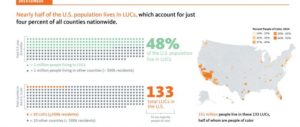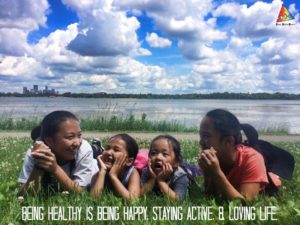
“On November 18, the Large Urban County Caucus (LUCC) of the National Association of Counties convened in New York City, bringing together county leaders from across the country to share ideas and develop innovative policy solutions to address their most pressing challenges.
Although they represent just 4 percent of the 3,142 counties in the United States, large urban counties (LUCs) — those with more than 500,000 residents — are home to nearly half of the U.S. population. In other words, as the graphic below illustrates, more than 150 million people live in the 133 LUCs in the United States.
So it is no surprise that these counties are at the forefront of the nation’s shifting demographics. As data in the National Equity Atlas show, the face of America is changing: Just a few years from now, the majority of people under the age of 18 will be youth of color, and by 2044 the United States will be a majority people-of-color nation.” –http://nationalequityatlas.org/

So what can LUCC do to help people develop their fullest potential?
- Prioritize in hiring for locals and invest in poorer neighborhoods through providing employment and training opportunities
- Require businesses and companies to have equity benchmarks and hold them accountable for delivering it towards people
- “Remove barriers to preventive services to improve and safeguard the health of tomorrow’s leaders, innovators, and workers.” – http://nationalequityatlas.org/
- Ensure that jobs are provided with benefits of health care, paid sick leave, family support, and such.














